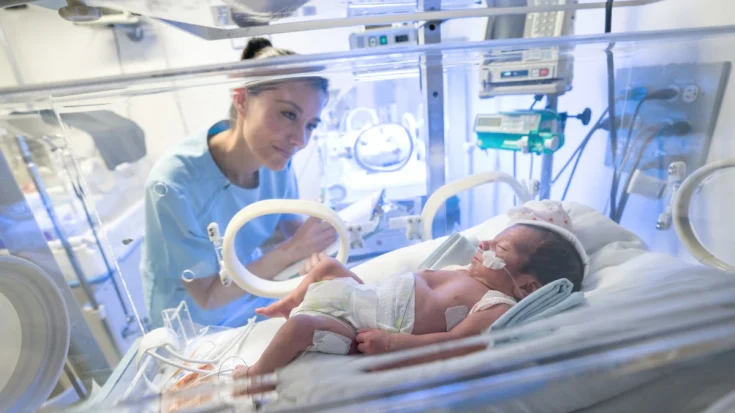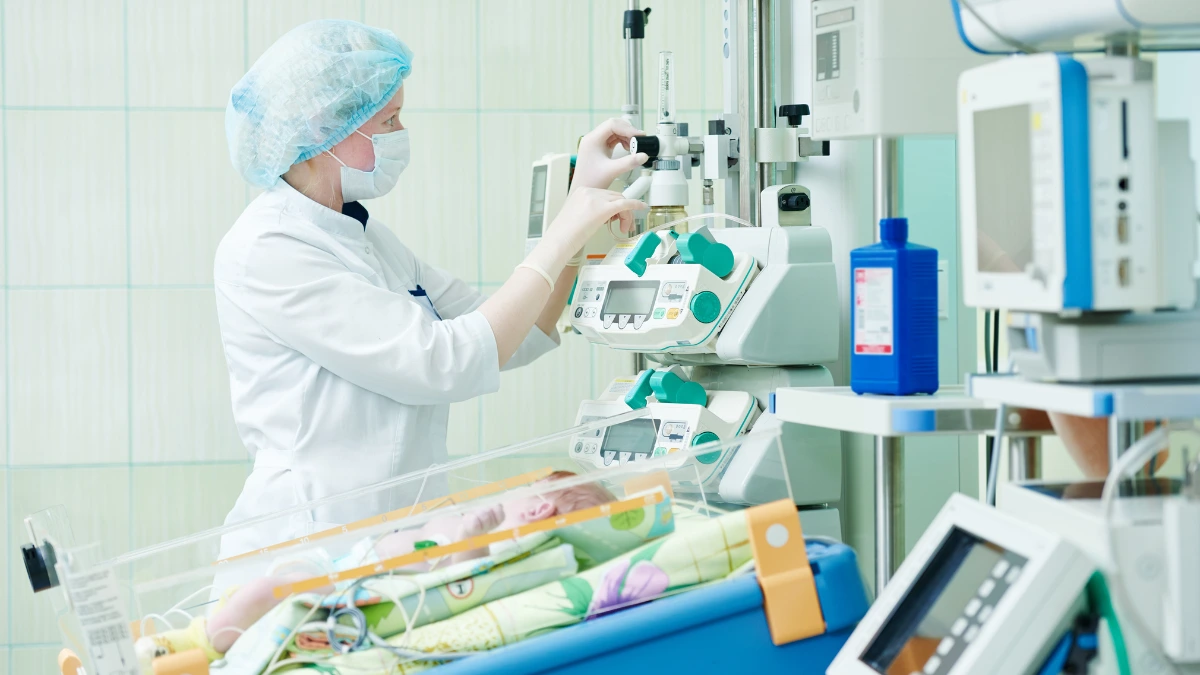The presence of a patient monitor facilitates medical operations by continuously monitoring vital signs, including heart rate, blood pressure, oxygen saturation, and respiratory rate, in real time. One type of patient monitor is a neonatal monitor which has some functions and advantages.
The functions of a neonatal monitor include monitoring vital signs to provide real-time information. Moreover, the advantages include immediate intervention, providing security to parents during monitoring, and improving recovery outcomes.
This article will give you information on neonatal monitors from the definition, functions, and advantages they have.
Also Read
Table of Contents
What is a Neonatal Monitor?

Neonatal monitors are patient monitors designed specifically for newborns. These devices function in monitoring heart rate, respiratory rate, oxygen saturation, and body temperature.
This monitor uses sensors that are more sensitive than monitors for adults. This patient monitors are commonly found in Neonatal Intensive Care Unit (NICU) rooms.
The Functions of Neonatal Monitor
The neonatal monitor has several functions from monitoring vital signs to providing real-time information. Here are some of its functions:
- Monitoring vital signs: capable of measuring and displaying vital data such as the baby’s heart rate, respiratory rate, body temperature, oxygen saturation, and blood pressure.
- Detects health problems early: Able to detect early health problems in newborn babies such as whether there is respiratory distress, irregular heartbeat, or decreased oxygen levels.
- Provides real-time information: Able to provide real-time information when there is even the slightest change in the baby’s condition.
The Advantages of Neonatal Monitor

The neonatal monitor has several advantages from immediate intervention, providing security to parents during monitoring, and improving recovery outcomes. Here are some of its main advantages in details:
1. Immediate intervention
One of the advantages of neonatal monitors is the timely intervention that can be done. By tracking vital signs and early identification of the baby’s health, it helps medical staff to intervene immediately. This will certainly reduce the risk of complications and improve healing outcomes.
2. Provides security to parents during monitoring
Neonatal monitors are able to provide remote monitoring so that parents can monitor their child from another room. Knowing their child’s condition in real-time and providing a space for one-on-one care during treatment will certainly reduce parental stress while still providing family-integrated care.
3. Improving care practices

Improving care practices is another advantage of neonatal monitors. The data that the device collects from the patient’s disease detection can be used to refine and improve future neonatal unit care.
4. Improving recovery outcomes
Another advantage of neonatal monitors is improving healing outcomes. The device is able to provide better progress and improve patient survival with detection, early intervention, and continuous monitoring by medical staff.
Those are the definitions, functions, and advantages of a neonatal monitor that you need to know. Another thing to note is that patient monitors on the market must pass the certification test from the Directorate General of Digital Infrastructure (DJID).
Patient monitor regulation is based on the Ministerial Decree (KEPMEN) No. 260 Tahun 2024 and No. 12 Tahun 2025, which requires all radio frequency-based devices, including patient monitors, to meet specific technical standards before being sold in the country.
With DJID certification, users can feel calm about using a patient monitor device whose quality and security are guaranteed. For manufacturers or importers of patient monitor devices, obtaining certification from DJID is a mandatory step before the device can be officially marketed in Indonesia.
To simplify the certification process, Type Approval Certification Services for ICT Products are available to assist with this process as a reliable solution. -UN.


















